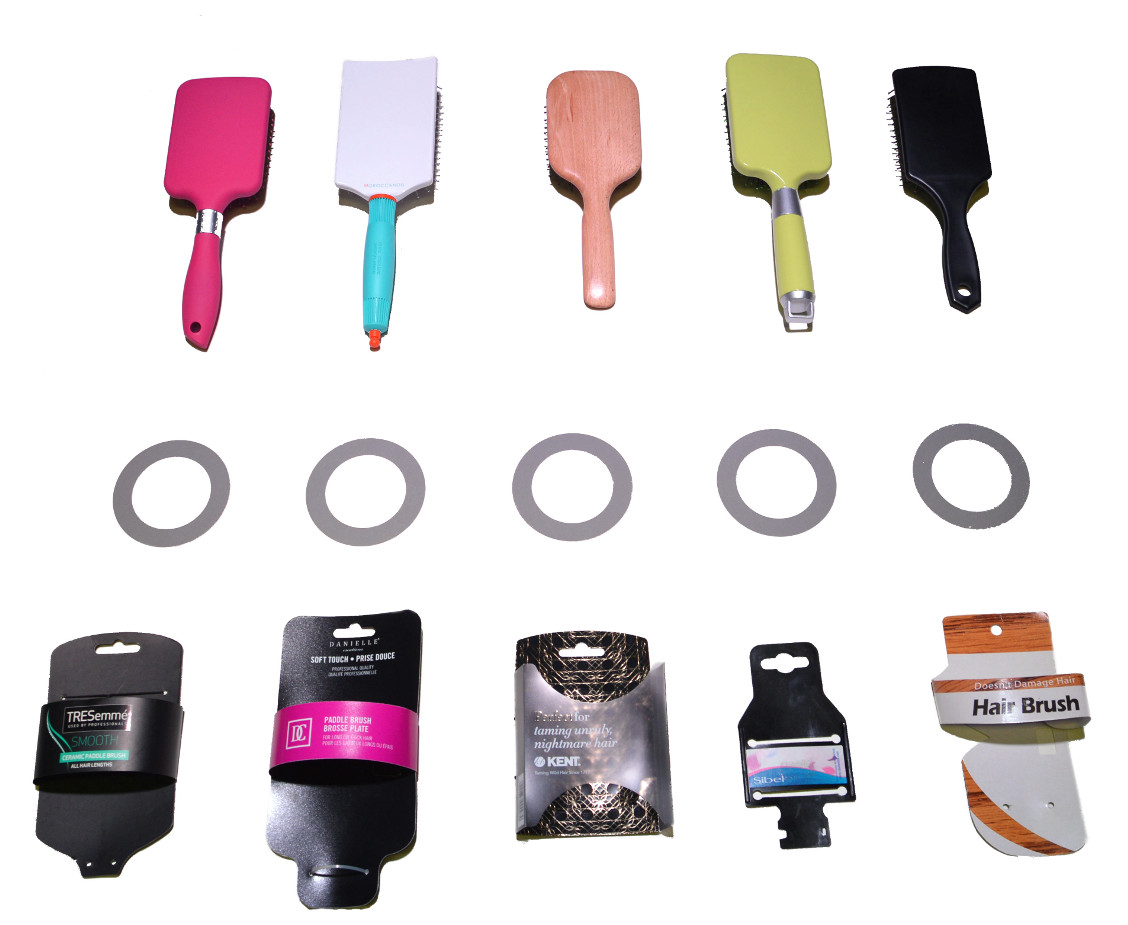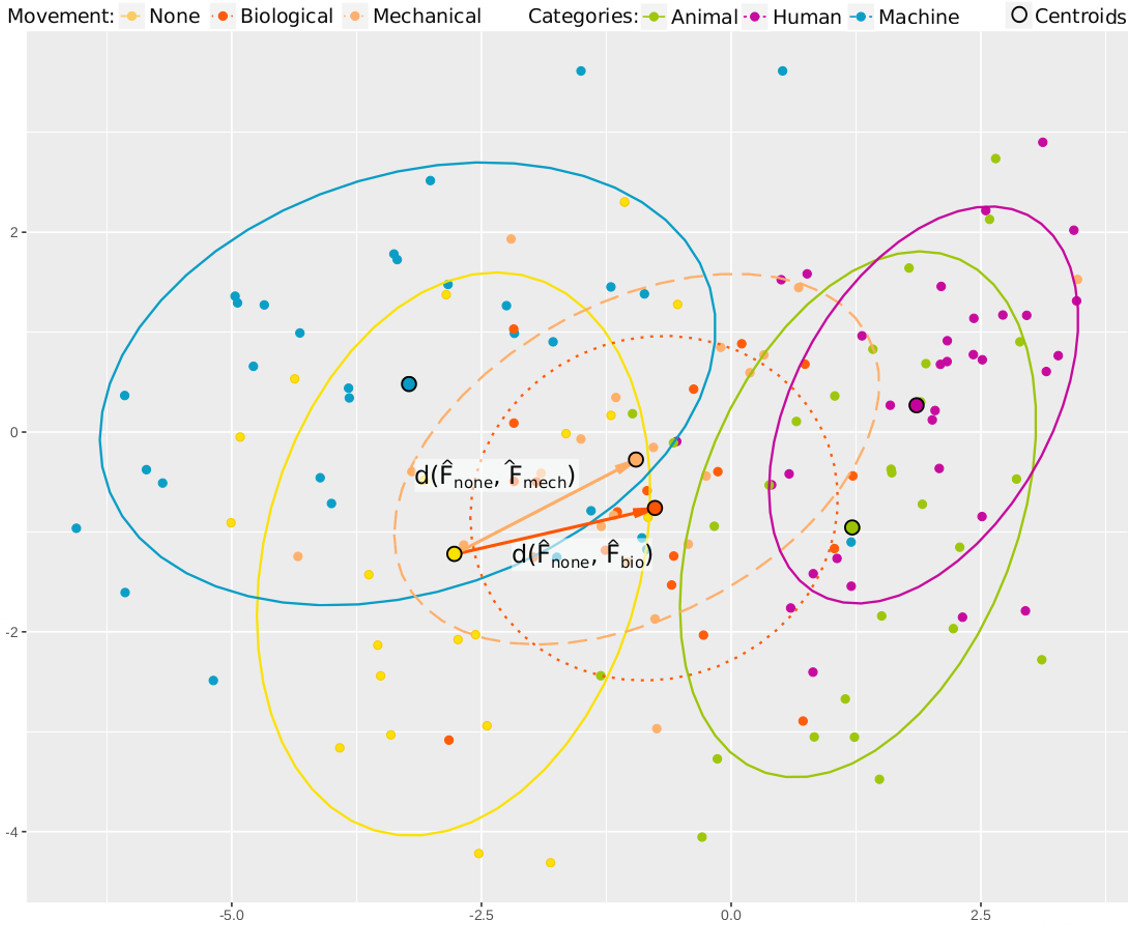Dawn of the living hairbrushes: humans affective responses to movement in artefacts.
In Proceedings of HRI 2017 workshop on 'The Role of Intentions in Human-Robot Interaction', 2017
Abstract:
We present an empirical study of human-robot interaction. The particular focus is on movement. By means of a previously developed methodology we measure how different forms of movement have an effect on participants affinity to a non-anthropomorphic robotic object. Using an everyday object of a hairbrush technologically modified to be able to crawl with two different movement patterns, the study investigates participants interpretation of the object under three conditions: Two different behavioural patterns, biological and mechanical, and thirdly the object in halt. Applying a previously developed metric of quantitative measures allows us to investigate whether participants interpretation apparent in conceptual boundaries of entities, like those between living and non-living, change when behaviour comes into play. We provide preliminary result under the three conditions showing effects of movement to increase the social attribution to an object and variances between the biological and mechanical movement.
[Data]
Find the article in the Proceedings of HRI 2017 workshop on 'The Role of Intentions in Human-Robot Interaction' or following this link.


